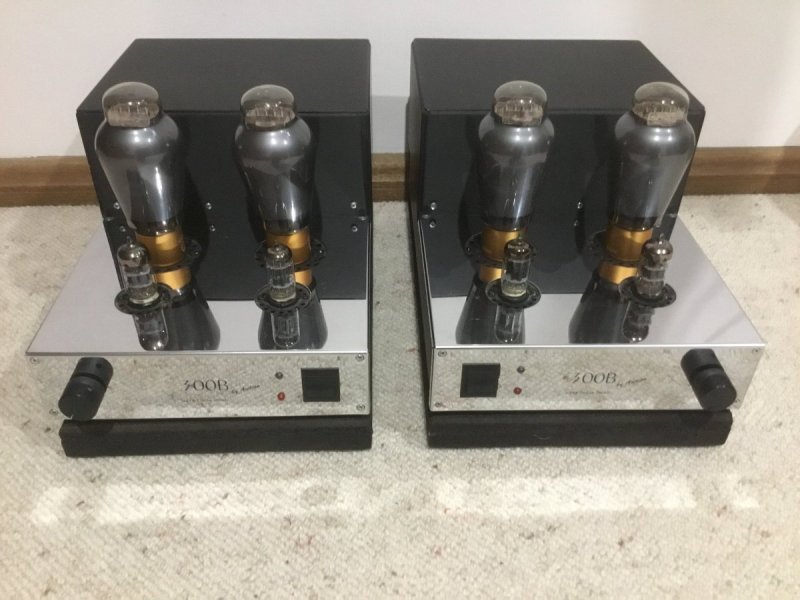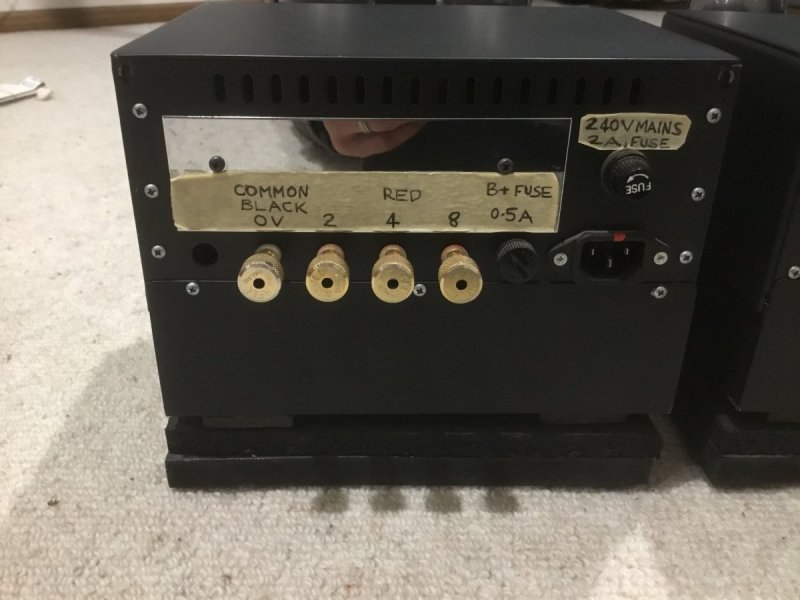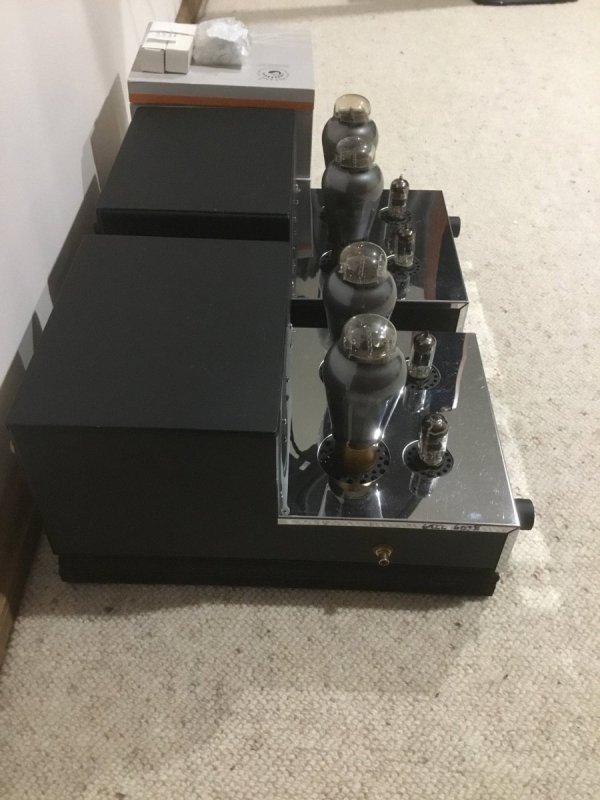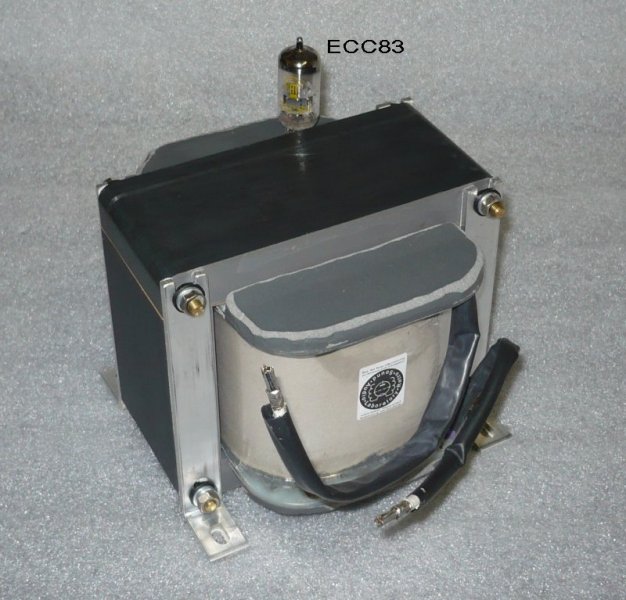I just spent over six hours today listening to my friend's new Wilson Audio Chronosonic XVX loudspeakers. Consistent with being blown away by the Master Chronosonic + Master Subsonic system at Maier Shadi's demo in Santa Monica, and consistent with a couple of reports by people who auditioned at Maier's both the Master Chronosonic and later the XVX and preferred the XVX, I am here to report officially that I think the XVX is now my favorite conventional cone driver speaker system. I think I prefer the XVX even to my longtime favorite dynamic driver loudspeaker, the mighty Rockport Arrakis.
Prior to the XVX, my friend had the Alexx. The height alone of the XVX over the Alexx affords the system the height and scale and grandeur I always notice and appreciate from very tall loudspeakers.
I don't know why the XVX is an order of magnitude better -- next level better -- than the Alexx. But I am certain that it is.
I think the XVX is the first dynamic driver speaker of which I was very aware that you can hear seemingly almost everything at fairly low listening volumes. It doesn't need to be played loudly to be heard comfortably.
In much the same way that people like to applaud their digital playback systems by saying "it sounds like analog," dynamic driver loudspeaker aficionados like to say their cone speakers have "electrostatic-like transparency." Believe me, if most dynamic driver speakers had "electrostatic-like transparency" we would not need electrostatic speakers.
As somebody who loves electrostatic speakers I have always been aware that speakers of other topologies are one or two steps less transparent than electrostatic speakers. I feel like the XVX truly has "electrostatic-like transparency" -- at least credibly so, and more so than any other cone speaker I've ever heard.
Just like I felt about the Master Chronosonic the XVX gives one the sense of unlimited dynamic capability. There is a limitlessness and an effortlessness to the sound that I do not hear from other box speakers. Other heroically inert box speakers sound tightly wrapped or button-downed by comparison -- like some portion of the sound is trapped in the box and having trouble freeing itself. The XVX sounds open somehow -- a sonic presentation I associate with planar speakers, not with big box speakers.
I know, I know, I know. I am thinking and saying the same things you are: these are meaningless statements as you can't compare loudspeakers in different systems from fault-prone memory; you will never be able to hear an XVX versus a Rockport Arrakis, or an XVX versus a VSA Ultra 11, in the same room with the same associated components at the same time, etc., etc. I know, and I agree with you.
All I am saying is that if you put a gun to my head and told me I had to buy a dynamic driver loudspeaker system for my personal system and cost was not a factor. . . I would say take the gun away from my head. Then I would tell you I will order XVX + Master Subsonics.
Without intending to be coy, I couch this is terms of "the XVX is the box speaker I would I buy if I had to buy a box speaker for myself" rather than "the XVX is the best box speaker I've ever heard," because I cannot hear the Von Schweikert Audio Ultra 11 and the Evolution Acoustics MM7 and the Rockport Arrakis and the YG XV in the same room in the same system as the XVX + Subsonics. So it just does not make any sense to declare, and it is analytically defective to declare, that the XVX is the best speaker I have ever heard.
My view that if I had to buy a box speaker I would buy the XVX + Subsonics is a combination of what I heard from the XVX, what I vaguely remember from hearing these other other speakers in other systems, and my slight prejudice against ceramic drivers which I would be worried I might find uncomfortable over a long period of time. (I would worry the same about beryllium drivers and about diamond encrusted drivers.)
I have owned only planar loudspeakers my entire life. I literally couldn't bear to listen to Wilson Audio speakers with metal dome tweeters. I have never been a big fan of Wilson Audio speakers in general. But I thought I heard magic from Maier's demo of the Master Chronosonic, and my experience today proves that that inkling was correct.
I don't know how or what Daryl Wilson did to achieve it, but I am reporting that to my ears the XVX is a very, very special speaker. It is a stunning achievement in dynamic driver loudspeaker design specifically, and in loudspeaker design in general.
PS: Assuming they physically fit in Michael Fremer's listening room, I have no doubt that Michael will upgrade his Alexx to XVX. He might go in not wanting to upgrade, but after hearing these there is no way he's going to be happy without the XVX.
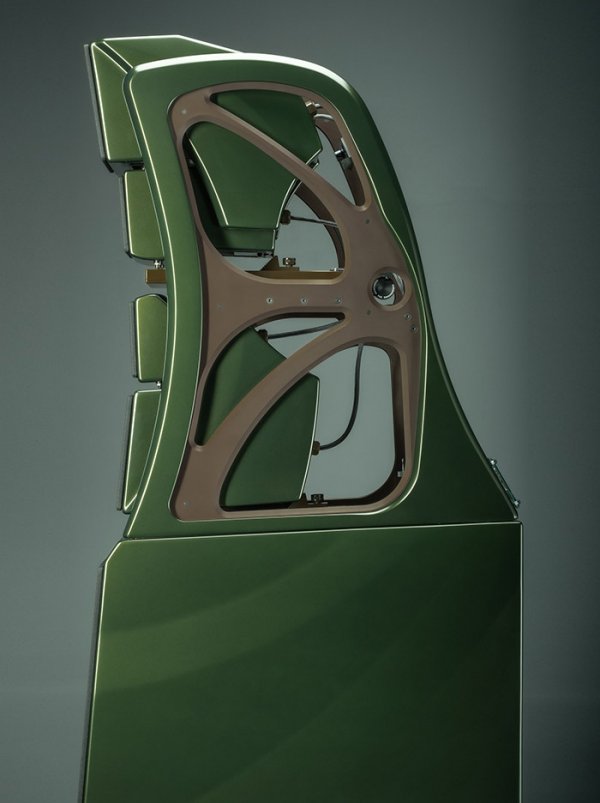
Prior to the XVX, my friend had the Alexx. The height alone of the XVX over the Alexx affords the system the height and scale and grandeur I always notice and appreciate from very tall loudspeakers.
I don't know why the XVX is an order of magnitude better -- next level better -- than the Alexx. But I am certain that it is.
I think the XVX is the first dynamic driver speaker of which I was very aware that you can hear seemingly almost everything at fairly low listening volumes. It doesn't need to be played loudly to be heard comfortably.
In much the same way that people like to applaud their digital playback systems by saying "it sounds like analog," dynamic driver loudspeaker aficionados like to say their cone speakers have "electrostatic-like transparency." Believe me, if most dynamic driver speakers had "electrostatic-like transparency" we would not need electrostatic speakers.
As somebody who loves electrostatic speakers I have always been aware that speakers of other topologies are one or two steps less transparent than electrostatic speakers. I feel like the XVX truly has "electrostatic-like transparency" -- at least credibly so, and more so than any other cone speaker I've ever heard.
Just like I felt about the Master Chronosonic the XVX gives one the sense of unlimited dynamic capability. There is a limitlessness and an effortlessness to the sound that I do not hear from other box speakers. Other heroically inert box speakers sound tightly wrapped or button-downed by comparison -- like some portion of the sound is trapped in the box and having trouble freeing itself. The XVX sounds open somehow -- a sonic presentation I associate with planar speakers, not with big box speakers.
I know, I know, I know. I am thinking and saying the same things you are: these are meaningless statements as you can't compare loudspeakers in different systems from fault-prone memory; you will never be able to hear an XVX versus a Rockport Arrakis, or an XVX versus a VSA Ultra 11, in the same room with the same associated components at the same time, etc., etc. I know, and I agree with you.
All I am saying is that if you put a gun to my head and told me I had to buy a dynamic driver loudspeaker system for my personal system and cost was not a factor. . . I would say take the gun away from my head. Then I would tell you I will order XVX + Master Subsonics.
Without intending to be coy, I couch this is terms of "the XVX is the box speaker I would I buy if I had to buy a box speaker for myself" rather than "the XVX is the best box speaker I've ever heard," because I cannot hear the Von Schweikert Audio Ultra 11 and the Evolution Acoustics MM7 and the Rockport Arrakis and the YG XV in the same room in the same system as the XVX + Subsonics. So it just does not make any sense to declare, and it is analytically defective to declare, that the XVX is the best speaker I have ever heard.
My view that if I had to buy a box speaker I would buy the XVX + Subsonics is a combination of what I heard from the XVX, what I vaguely remember from hearing these other other speakers in other systems, and my slight prejudice against ceramic drivers which I would be worried I might find uncomfortable over a long period of time. (I would worry the same about beryllium drivers and about diamond encrusted drivers.)
I have owned only planar loudspeakers my entire life. I literally couldn't bear to listen to Wilson Audio speakers with metal dome tweeters. I have never been a big fan of Wilson Audio speakers in general. But I thought I heard magic from Maier's demo of the Master Chronosonic, and my experience today proves that that inkling was correct.
I don't know how or what Daryl Wilson did to achieve it, but I am reporting that to my ears the XVX is a very, very special speaker. It is a stunning achievement in dynamic driver loudspeaker design specifically, and in loudspeaker design in general.
PS: Assuming they physically fit in Michael Fremer's listening room, I have no doubt that Michael will upgrade his Alexx to XVX. He might go in not wanting to upgrade, but after hearing these there is no way he's going to be happy without the XVX.

Last edited by a moderator:


